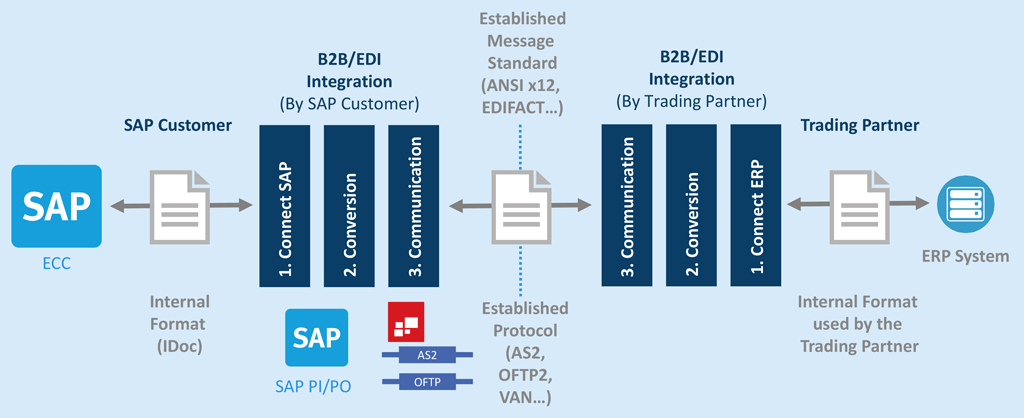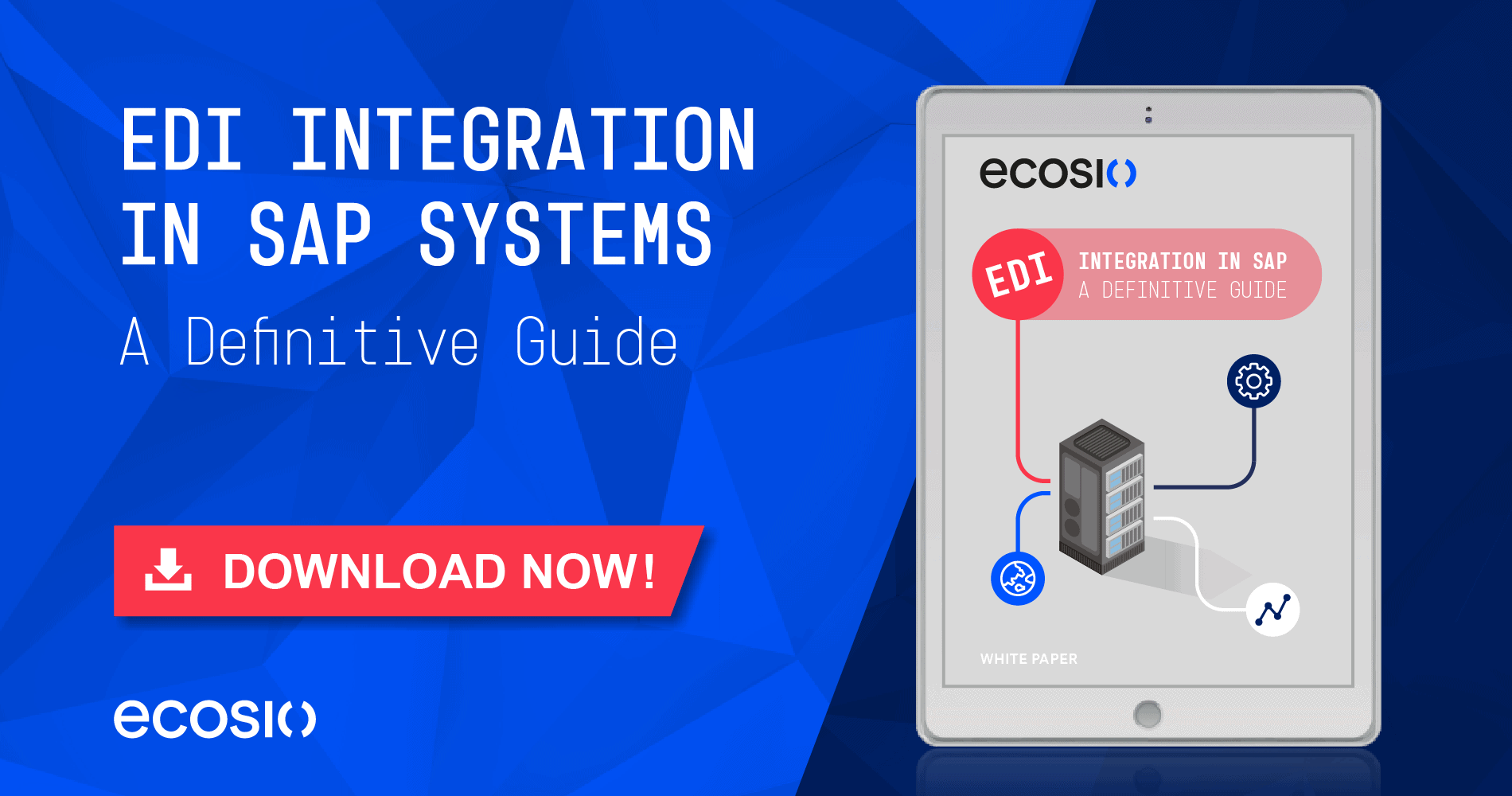

Sap ecc integration code#
This solution does not require any ABAP code to extract the data from SAP-we simply capture the data from the transaction logs in real-time, with minimal impact on the SAP application. This is true In the case of SAP and we capture the encoded data from cluster and pool tables. Our solution captures raw data as it is written to the source database transaction logs. HVR offers log-based Change Data Capture to move data from your SAP ECC database into target technologies, including relational databases such as SQL Server, Teradata, Oracle, DB2, and SAP HANA, as well as streaming analytical systems like Kafka and big data technologies like Amazon S3. How does HVR’s Infrastructure Work for SAP Data Integration? HVR also supports SAP HANA as a source for log-based Change Data Capture. With this solution, HVR can unlock data residing in SAP running on any one of the supported technologies (Oracle, SQL Server, DB2) and deliver it into any of the supported target technologies, decoding Cluster and Pool data as part of the setup. HVR also offers its own embedded SAP transform capability to decompress/decode the SAP Cluster and Pool Tables as part of a regular replication setup. HVR provides the underlying infrastructure that moves changes out of the source SAP and into both of these solutions.

How Does HVR Give You Access to Your SAP Data? So, if you want to integrate data across all the data stores in your enterprise and you run SAP, you need a solution to unlock the data from Cluster and Pool Tables today, and SAP HANA tomorrow.

Nonetheless, given ECC’s pervasiveness, it will be available for another decade or longer.įinally, as an SAP customer, you’ll need to migrate to SAP HANA sooner or later, and you probably want to continue to feed data lakes and other downstream analytical systems. Now it’s true that as SAP migrates its ERP suite over to SAP HANA®, it’s doing away with SAP Cluster and Pool Tables, so this is a temporary problem. Using that data requires decompression/decoding. It can be difficult to get data out of Cluster and Pool Tables because the data is stored in a compressed and encoded format. Third, SAP ERP Central Component (ECC), currently deployed by most organizations running SAP, stores some of the application’s most important data in Cluster and Pool Tables. Yet in our work with customers, we see the need for real-time or near real-time data loads. While many consultants are available to help, this remains an impediment. For starters, SAP uses the proprietary ABAP language. The problem is that getting data out of SAP isn’t easy. Given that most organizations have multiple systems in place, it’s important to be able to consolidate data from SAP in real-time with data from these other systems. As organizations of all sizes come to understand the value of analyzing data in a timely manner, they build real-time analytical systems, data warehouses and, perhaps, a cloud-based data lake running on technologies like Amazon S3 or Azure Data Lake Storage. While an organization might employ SAP as its ERP, it probably also runs a host of other applications, such as Salesforce, ServiceNow, and homegrown systems. But SAP is rarely the only system companies have in place. Available since 1973, it’s used for everything from Collaborative Lifecycle Management (CLM) to supply chain management to industrial manufacturing and more. SAP is a popular platform for organizations large and small.
Sap ecc integration how to#
Mark Van de Wiel SAP Data Integration How to Unlock Your SAP Data, Continuously and in Real-Time


 0 kommentar(er)
0 kommentar(er)
